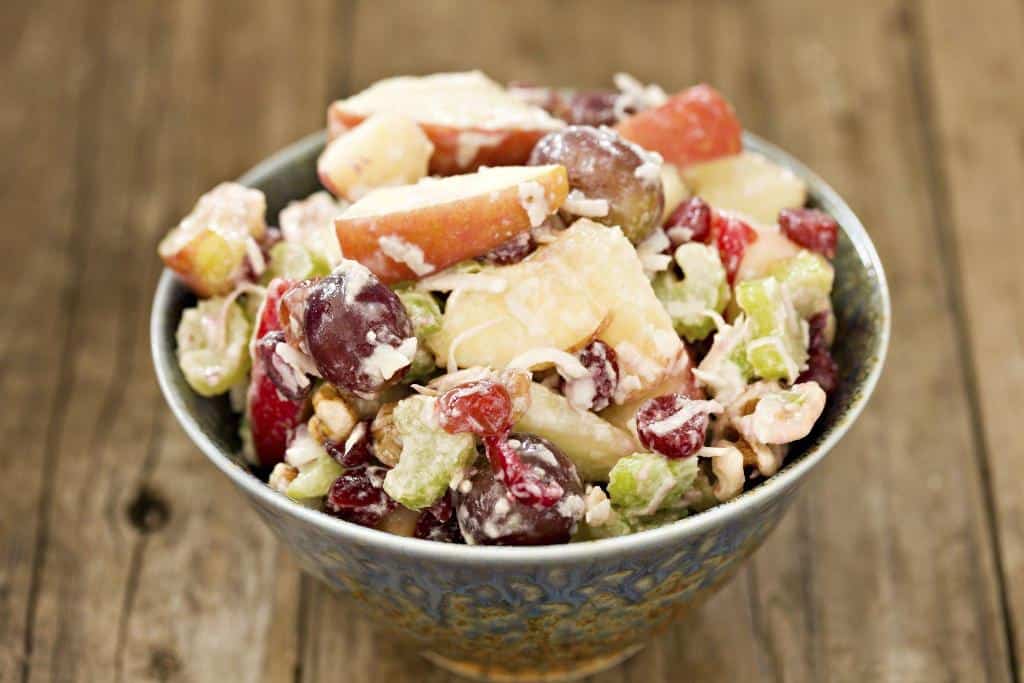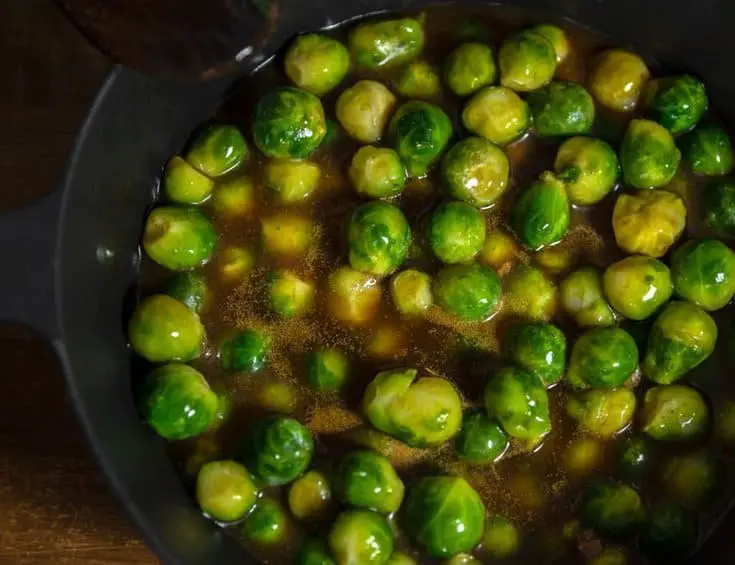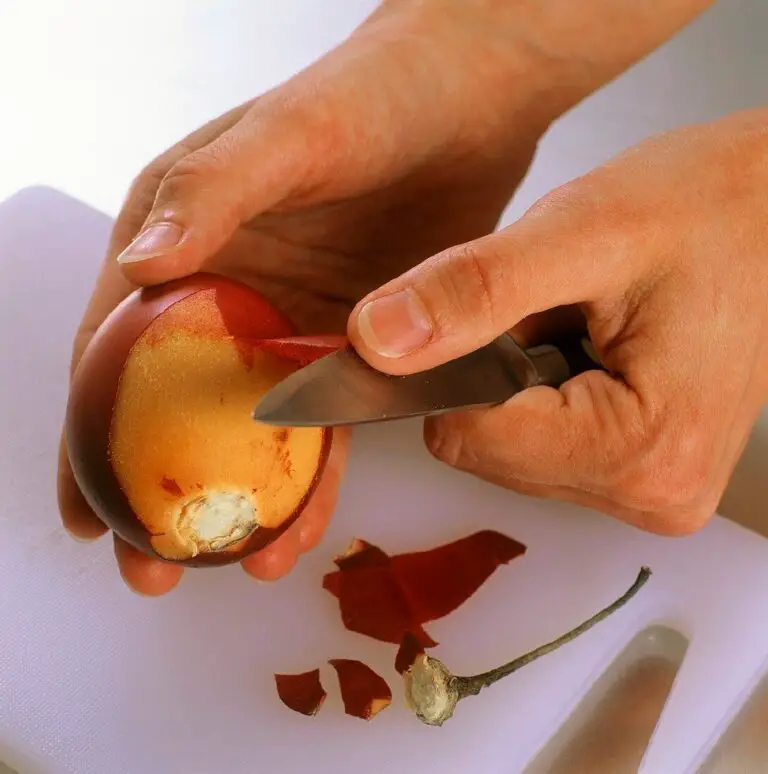The Secrets Behind Fresh Salads: 10 Restaurants’ Tips

Fresh salads are the healthiest way to eat because they are full of different tastes and textures that are sure to please. But behind their bright exterior is a secret that only people who work in the food industry know about: the careful art of keeping food fresh.
Imagine biting into a crisp lettuce leaf. Its juiciness bursts with every bite. Or, savor the crunch of perfectly ripe vegetables without any wilting. These sensations are not just coincidences. They come from skillfully orchestrated feats. The feats use cutting-edge methods and thoughtful ingredient selection.
In today’s busy restaurants, where quality and presentation are everything, keeping salads fresh is key. It ensures that every dish is perfect. This delicate dance between nature’s gifts and human creativity is what keeps the balance between taste and texture. That being said, how do restaurants keep their standards so high every day?
Join us as we uncover the secret practices and hidden gems that places use. They use them to keep your salads fresh and tasty. We will reveal industry secrets. They will up your salad game at home.
10 Techniques Used by Restaurants for Fresh Salads

Restaurants employ several techniques to create fresh and delicious salads that are a cut above what can be achieved at home. These techniques include:
- Tossing with dressing: Restaurants typically toss their salads with dressing. This is a key reason they taste better than salad bar salads. This ensures that all the ingredients, including cheese, are evenly coated with the dressing.
- Using a variety of ingredients: Restaurant salads often feature many ingredients. These include pickled and briny elements, cheese, and herbs. This variety adds depth and complexity to the salad.
- Adding a final garnish:Restaurants often add a final garnish to their salads. It can include items like olives, pickled onions, cheese, and salt/pepper. This adds a touch of elegance and visual appeal to the dish.
- Making homemade dressing: Making homemade dressing is something restaurants do. They make their dressings from scratch. This lets them have more control over the flavor and quality. Restaurants have inside ingredients to reduce acidity in salad dressings. This is a key step in elevating the overall taste of the salad.
- Using high-quality ingredients: Restaurants invest in high-quality ingredients. These include fresh greens, cheese, and other parts. This ensures that the salad is not only flavorful but also visually appealing.
- Seasoning and tasting: Seasoning and tasting are key. Restaurants season salads carefully. They ensure that each bite is well-balanced and flavorful. This involves tasting the salad as it’s prepared to adjust the seasoning accordingly.
- Presentation: The presentation of a salad can greatly enhance its appeal. Restaurants often use creative arrangements of ingredients, garnishes, and dressings to create visually stunning dishes.
- Monitoring freshness: Restaurants closely monitor the freshness of their salad ingredients. They ensure they always use the best and freshest components. This is particularly important for salad bars, where ingredients are constantly being replenished.
- Using specialized equipment: Restaurants may use specialized equipment. For example, they may use salad spinners to prepare their salads well and quickly.
- Attention to detail: Attention to detail is key. Restaurants focus on every detail. They care about the ingredient quality, presentation, and garnishes. They do this to create a memorable dining experience. This attention to detail is what sets their salads apart from those made at home.
Also check: Is Salad Dressing Acidic or Alkaline?
Storage and Packaging To Make Salad Fresher
Proper storage methods are crucial for maintaining the crispness of salads in restaurants. Many establishments invest in high-quality refrigeration units. They use them to store their fresh produce at the best temperatures. Also, some restaurants use special containers. They help regulate humidity to keep leafy greens and vegetables fresh.
These containers often have innovative features. They include adjustable vents and compartments. The compartments are designed to stop moisture buildup. This ensures that each part of the salad keeps its texture and flavor.
In packaging, restaurants pick materials. The materials keep salads fresh and look nice. Some eateries opt for eco-friendly packaging. It is made from compostable or recycled materials. This aligns with current food industry sustainability trends.
The right containers and packaging help restaurants. They can prolong the shelf life of their salads. They can also offer a nice dining experience for eco-conscious customers.
Key Ingredients That Help Preserve Salad Freshness
When it comes to maintaining that satisfying crunch in your salad, the type of lettuce you choose can make a significant difference. Choosing sturdy types like romaine or iceberg lettuce can keep your salad crisp longer. They beat more delicate options such as butterhead or mesclun. Their dense, strong leaves hold up well against moisture from other ingredients. They don’t wilt quickly. They keep your salad fresh and crunchy until the last bite.
In addition to picking the right lettuce, using citrus-based dressings in your salads has 2 benefits. It boosts flavor and acts as a preservative. Citrus fruits like lemons, limes, and oranges contain citric acid. It helps stop bacterial growth and the oxidation that leads to soggy greens.
These tangy dressings not only add zing to your salads but also contribute to their longevity by keeping them vibrant and crisp over time. Next time you make a refreshing salad, consider these key ingredients. They are your secret weapons for keeping that delightful crunch we all crave.
Chef’s Insights on Salad Preservation
Chefs are the unsung heroes of culinary magic. They have long been masters at keeping salads crisp and fresh in their restaurants. One renowned chef, Maria Gomez from a popular bistro downtown, reveals her secret technique: We swear by vacuum-sealing our prepped salad greens before service. This not only locks in freshness but also prevents wilting. It’s these simple yet ingenious approaches that elevate a seemingly mundane dish into a gourmet experience.
Chef Thomas Johnson is an advocate for farm-to-table dining. He emphasizes the importance of ingredient selection in salad preservation. Using locally sourced produce is key to keeping salads vibrant and crisp. The shorter the distance traveled from farm to fork, the better.
This commitment to quality ingredients not only enhances flavor but also extends the shelf life of each component. Home cooks strive to make restaurant-quality salads. Adopting such principles could be the game-changer they’ve been searching for.
The Role of Dressing for Delicious Salad
Dressing plays a crucial role in transforming a simple bowl of greens into a delicious salad bursting with flavors and textures. In restaurants, various types of dressings are used to enhance the taste of salads. These can include classic vinaigrettes, creamy dressings like Pepercorn ranch or Caesar dressing, or more exotic options like Asian-inspired sesame dressings. Each dressing brings its own unique flavor profile, adding depth and complexity to the salad.
Balancing flavors and textures is key to creating a harmonious salad. A well-balanced salad should have a mix of crisp, crunchy, and tender elements. This can be achieved by adding ingredients like nuts, seeds, croutons, or even fruits like apples or pears. The dressing should complement these textures. It should add a tangy or creamy element that ties everything together.
Techniques for evenly coating the salad with dressing are important for ensuring every bite is flavorful. One technique is to toss the salad ingredients with the dressing in a large bowl, ensuring each leaf or piece is coated. Another method is to drizzle the dressing over the salad just before serving. This allows each eater to adjust the amount of dressing to their liking. By mastering these techniques, you can elevate your salad game and create restaurant-worthy dishes at home.
Conclusion: Fresh Salad Secrets Unveiled
In sum, the key to keeping salads fresh in restaurants is a balance. It requires good prep and top ingredients. Each step is crucial. They maintain the crunch and vibrancy of your salad. It starts with choosing crisp greens. Then, it moves to the careful layering of toppings and dressings.
You can copy some of these practices at home. For example, store washed greens well. Also, layer ingredients strategically in an airtight container. These steps will elevate your salad game to match that restaurant-fresh experience.
Remember, freshness is not merely about appearance but also about flavor. Chefs know that even the slightest hint of wilting or sogginess can detract from the overall dining experience. So next time you embark on creating your own gourmet salad, take inspiration from these behind-the-scenes secrets. Your taste buds will thank you for adding that extra touch of freshness to your culinary endeavors!






